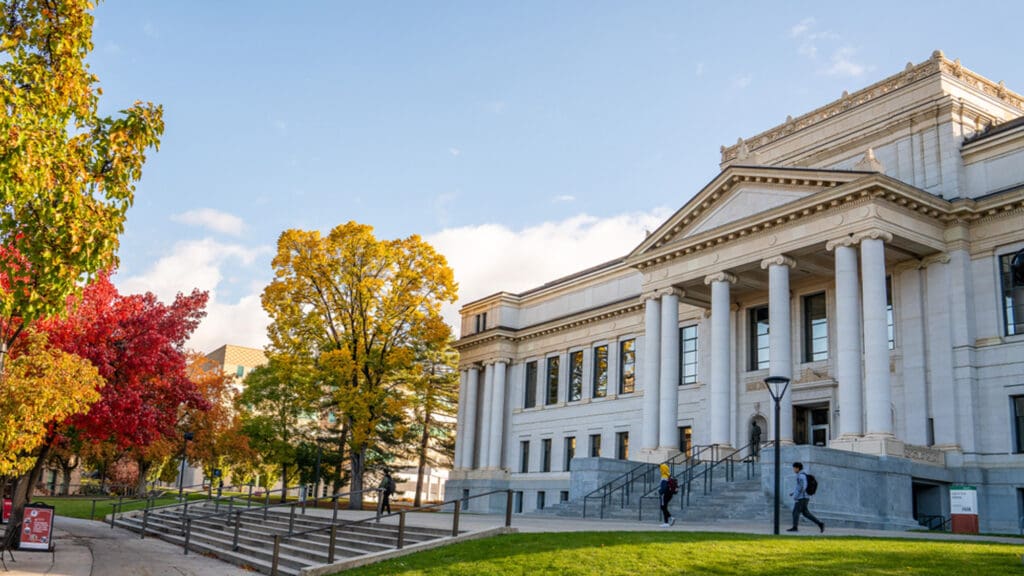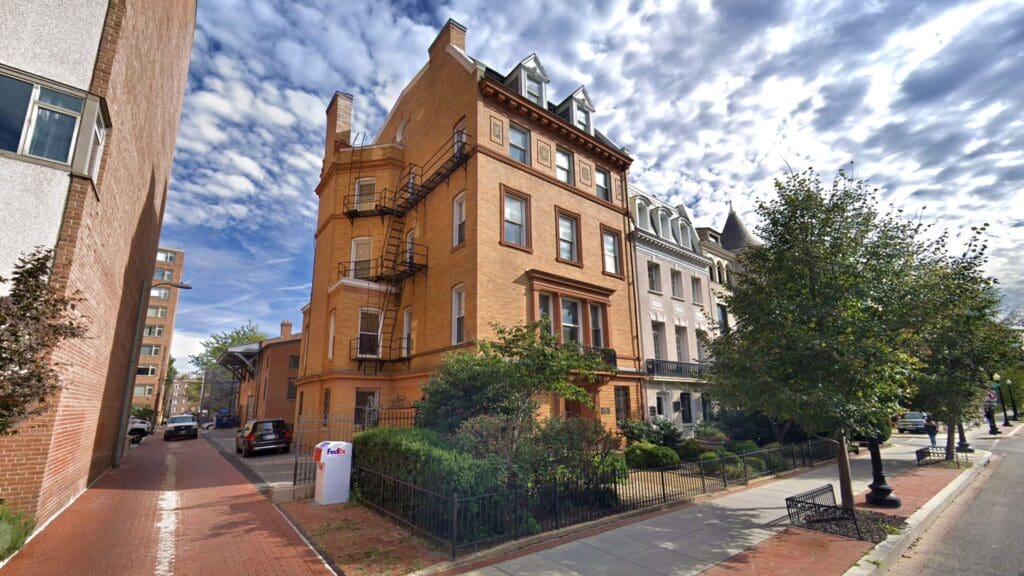December 14, 2023
Vestige of Change
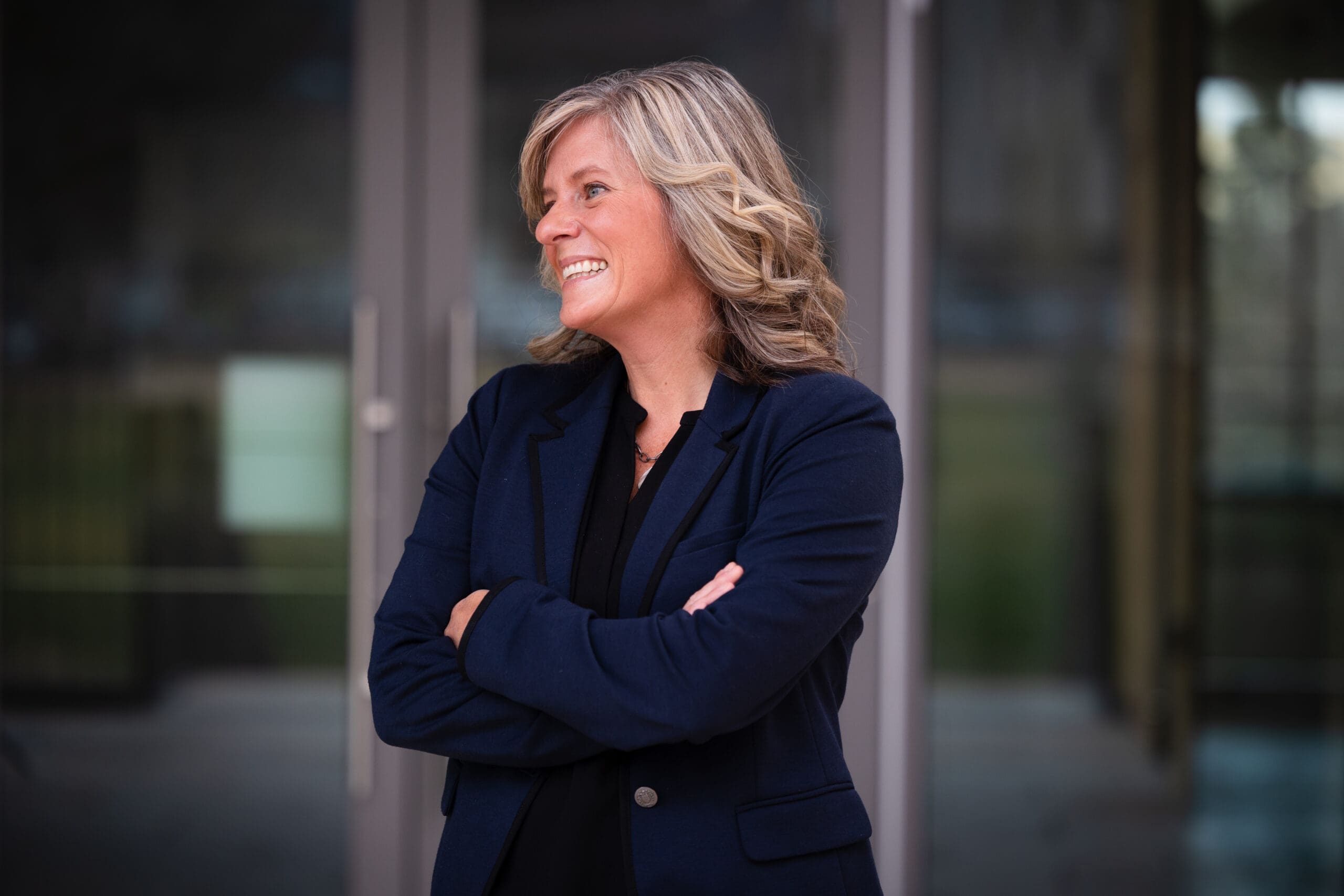
Brenda Bowen, PhD. Photo by Patrick Hardwig
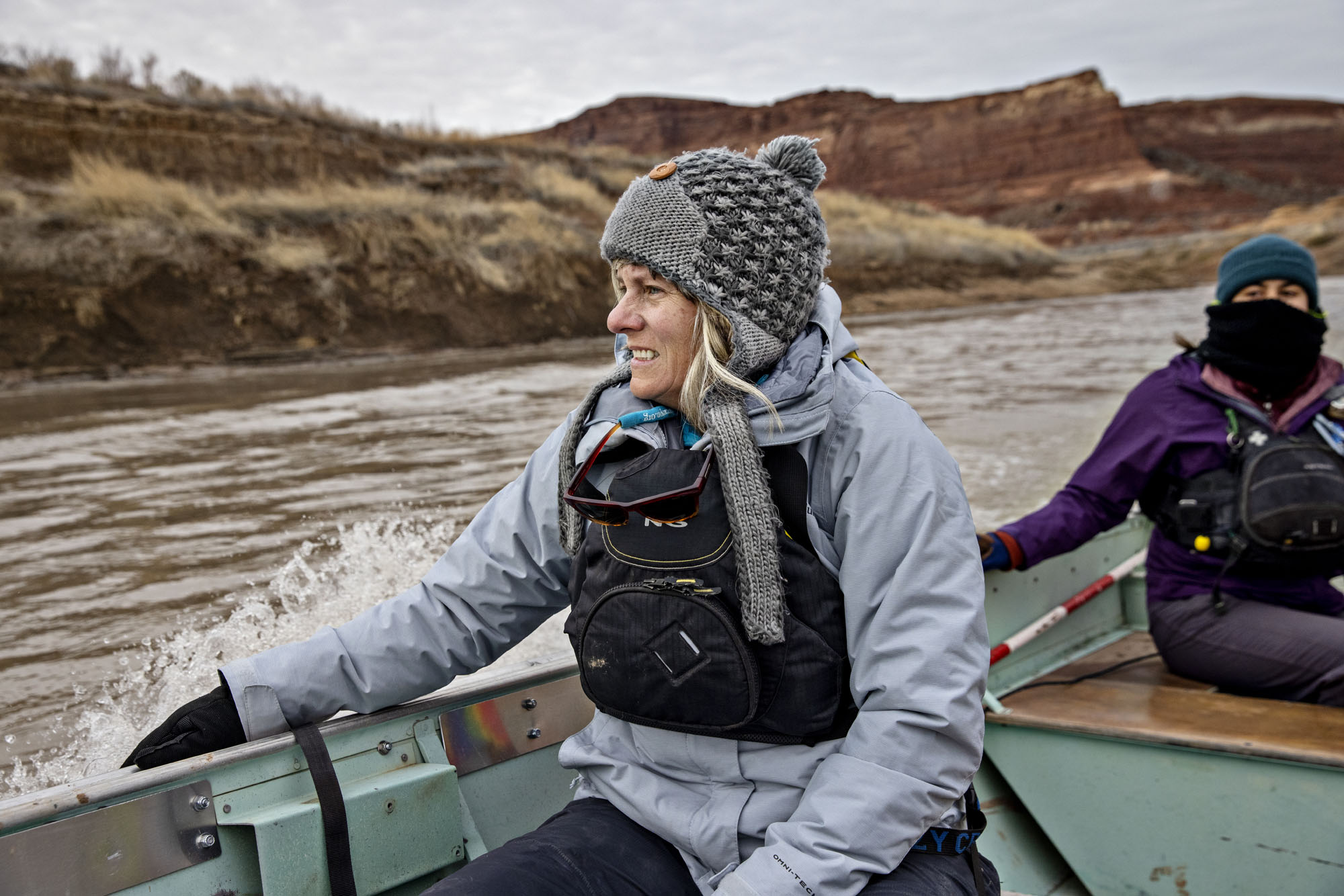
Brenda Bowen in the field in Glenn Canyon Recreation Area in March 3, 2023. Photo by Kim Raff

Brenda Bowen in the field in Glenn Canyon Recreation Area in March 3, 2023. Photo by Kim Raff

Brenda Bowen in the field in Glenn Canyon Recreation Area in March 3, 2023. Photo by Kim Raff

Brenda Bowen in the field in Glenn Canyon Recreation Area in March 3, 2023. Photo by Kim Raff
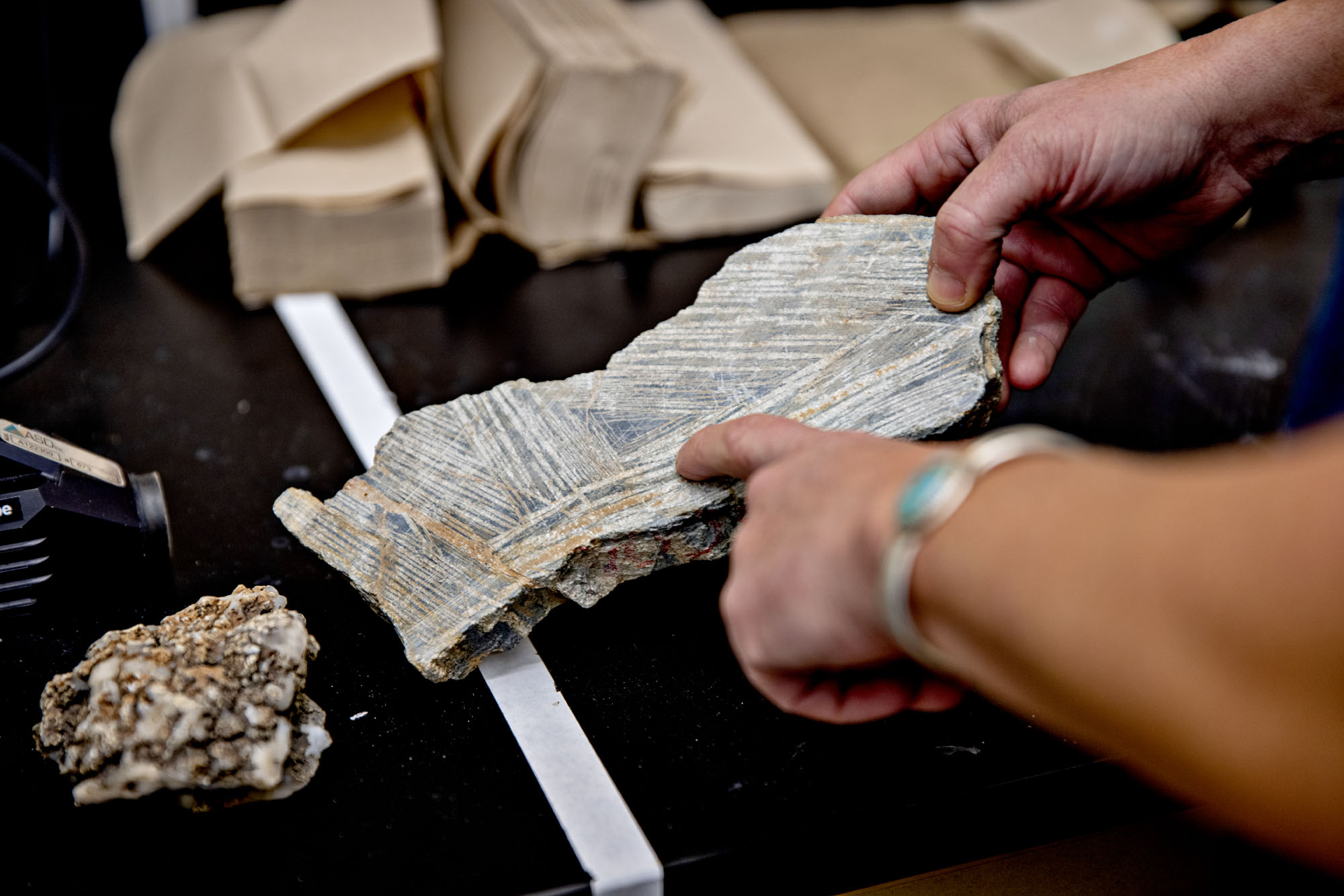
Brenda Bowen in her lab on January 13, 2023 on the University of Utah Campus in Salt Lake City. Photo by Kim Raff
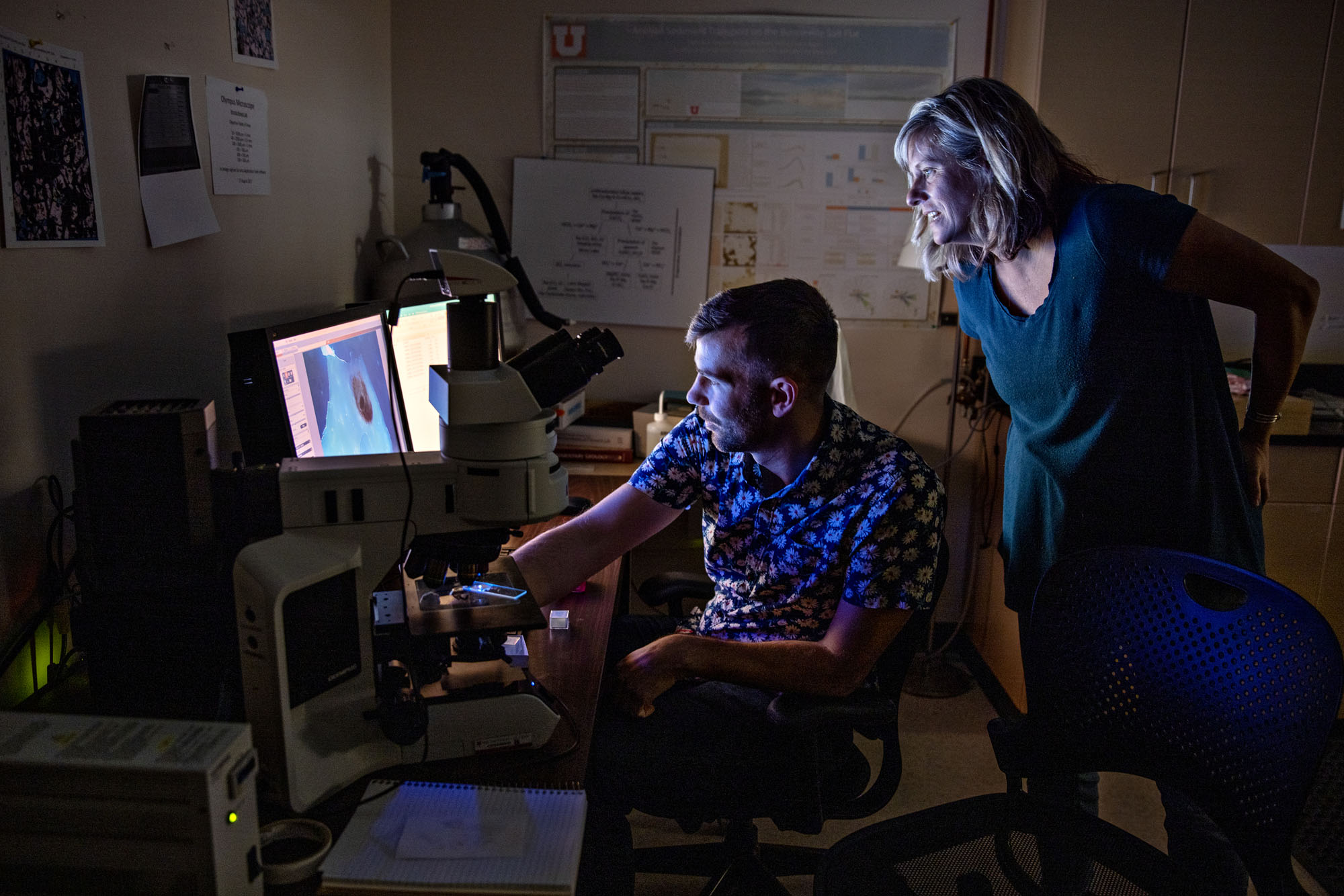
Brenda Bowen in her lab on January 13, 2023 on the University of Utah Campus in Salt Lake City. Photo by Kim Raff

Brenda Bowen in her lab on January 13, 2023 on the University of Utah Campus in Salt Lake City. Photo by Kim Raff
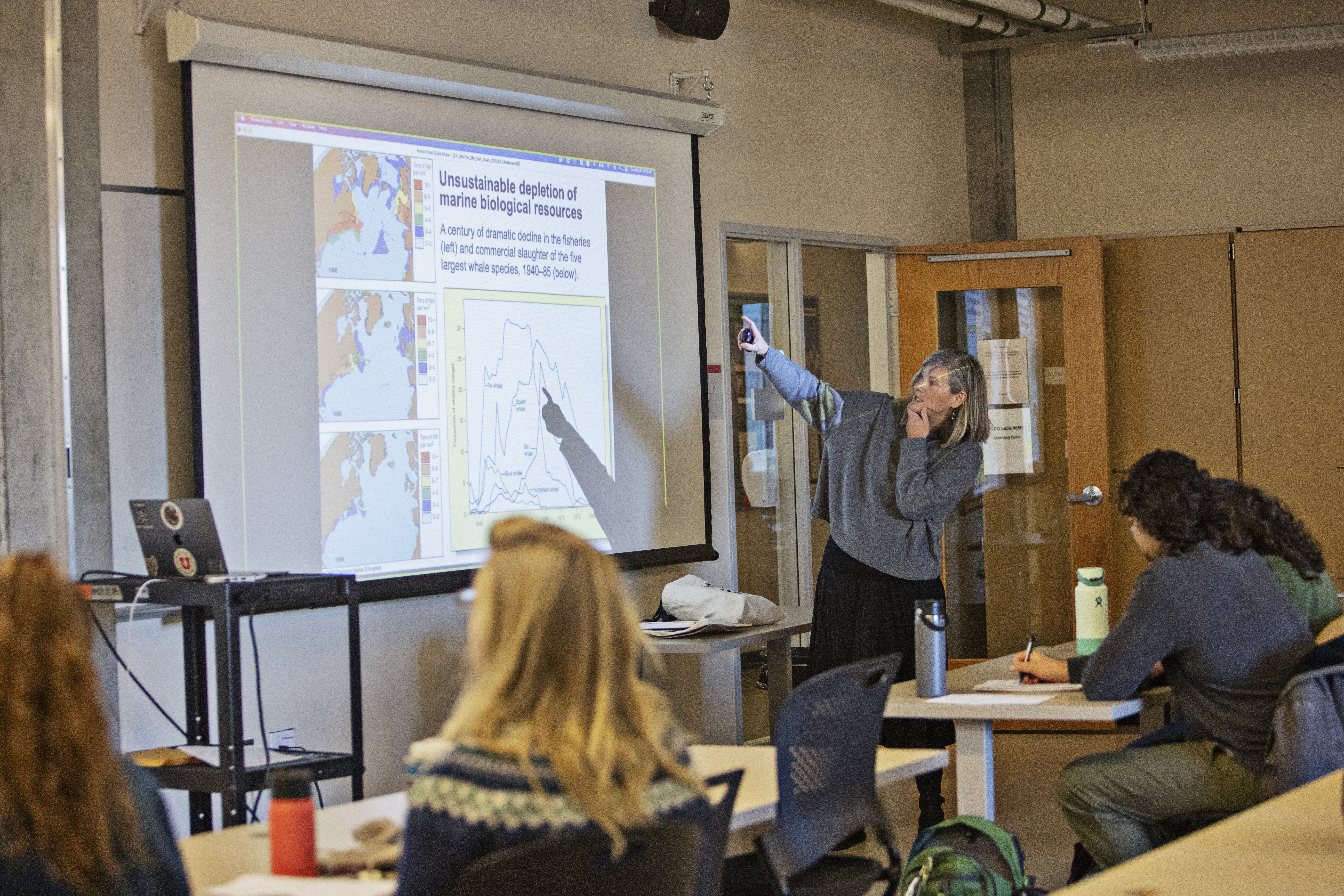
Brenda Bowen in class on December 6, 2022. Photo by Kim Raff Kim Raff for Love, U

Brenda Bowen in class on December 6, 2022. Photo by Kim Raff Kim Raff for Love, U
Professor Brenda Bowen examines what the traces left by an ever-changing planet can tell us about what’s to come
As a professor of geology and geophysics, Brenda Bowen wants her students to understand how long the planet Earth has been around and that there’s nothing static about its surface or subsurface.
“Our planet is 4.6 billion years old and, throughout that time, it’s been continually changing. The only constant is change,” Bowen says. “The current configuration of where continents, mountains, and oceans are is just this moment in time.”
Bowen is the chair of the Department of Atmospheric Sciences in the College of Science (ATMOS) and director of the Global Change and Sustainability Center (GCSC) at the University of Utah. Within the field of geology, Bowen is a sedimentologist, studying how sediments and fluids move and change through time.
“Utah is an amazing place to be a geologist—and a wonderful place to be a sedimentologist. There’s so much going on here,” she says. “The geologic history and landscape of Utah is a geologist’s dream. We have incredible canyons and mountains with natural laboratories and classrooms outside where we can take our students and do our research.”

For the past decade, Professor Bowen has been focused on how human activities alter landscape processes. She points to the Bonneville Salt Flats as a local, illustrative example of a landscape where the impact of human activity has altered the Earth. In this case, the salt crust has changed.
The flats are famous as the fastest place on Earth. Bowen says, “The hard white, flat surface is perfect for race cars to set world speed records. But then the racing community started to say, ‘This place is changing. We used to get 13 miles of salt racetrack and now we can only get six or eight miles.’ And they need that distance to both get up to the high speeds, but also to safely slow down.”
The altered landscape has a broader impact than merely on speed racing, though. Bowen led the most recent study commissioned by the Bureau of Land Management to assess what’s happening with the salt crust. “Just as the racing community informally suggested,” she says, “we found that indeed the volume and thickness of the salt crust has diminished in recent decades.”
Bowen explains salt is an important commodity and economic resource for the state and the Salt Lake Valley. “We mine groundwater from below the salt crust to make potash, which is a potassium salt that is a vital part of agricultural fertilizers. It’s sold globally to enhance food production,” she says. “So there’s this tension between the importance of salt as an economic resource with a crucial purpose and the local impact of that extraction and what that means for a unique but very passionate community of stakeholders who really value this celebrated landscape.”

“It started with a handful of faculty from few different departments such as law, geography, atmospheric sciences, and so on,” Bowen explains. “We realized we were all working on air quality, water availability, how infrastructure fits within our ecosystems, and many complex sustainability ideas, yet we were all in different buildings and in our different disciplinary silos.”
Not anymore.
After many years operating as the research and faculty arm of the Sustainability Office, the GCSC was recently reorganized to become part of the university’s graduate school. Bowen admits that “Working in sustainability can be highly emotional and intense because there’s a lot of bad news.” But she says it’s less overwhelming when she sees what her colleagues are doing so that they have more insight to the serious issues they all face.
Professor Bowen credits the university, alumni, and other supporters for helping the GCSC establish an effective interdisciplinary community.
“There are opportunities for, say, engineers to learn about policy or for planners to consider art as a part of their work, or all of these interdisciplinary components where each discipline can bring a certain part of the solution,” Bowen says. “I’m just a geologist looking at the sediments and the chemistry. I need to work with engineers and policy makers, and artists to inspire, and philosophers to help me understand why we should do this—and why it’s our moral obligation.”
by William Sorensen



